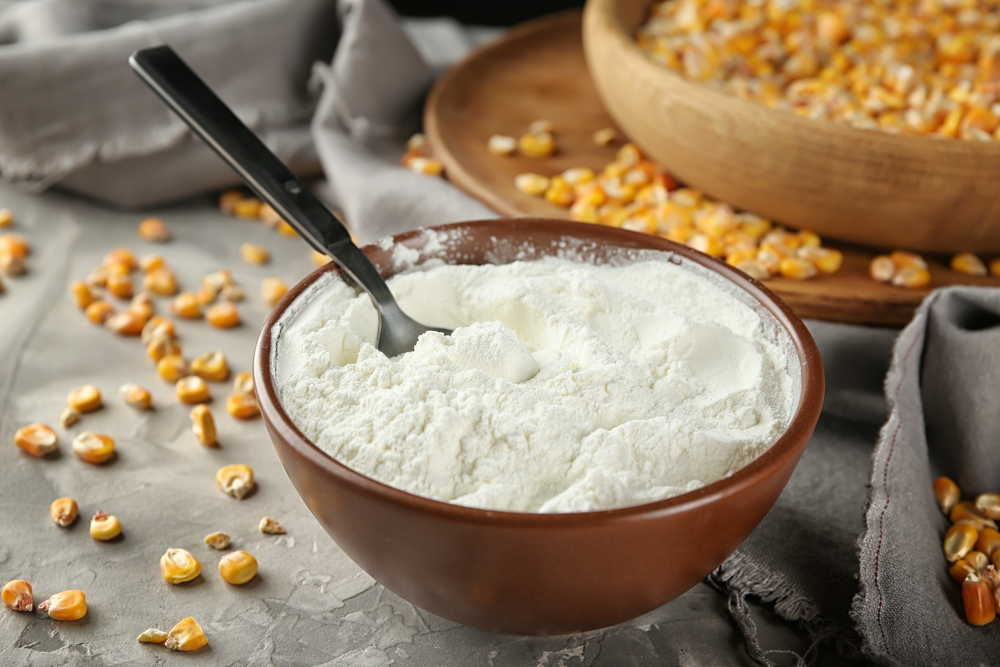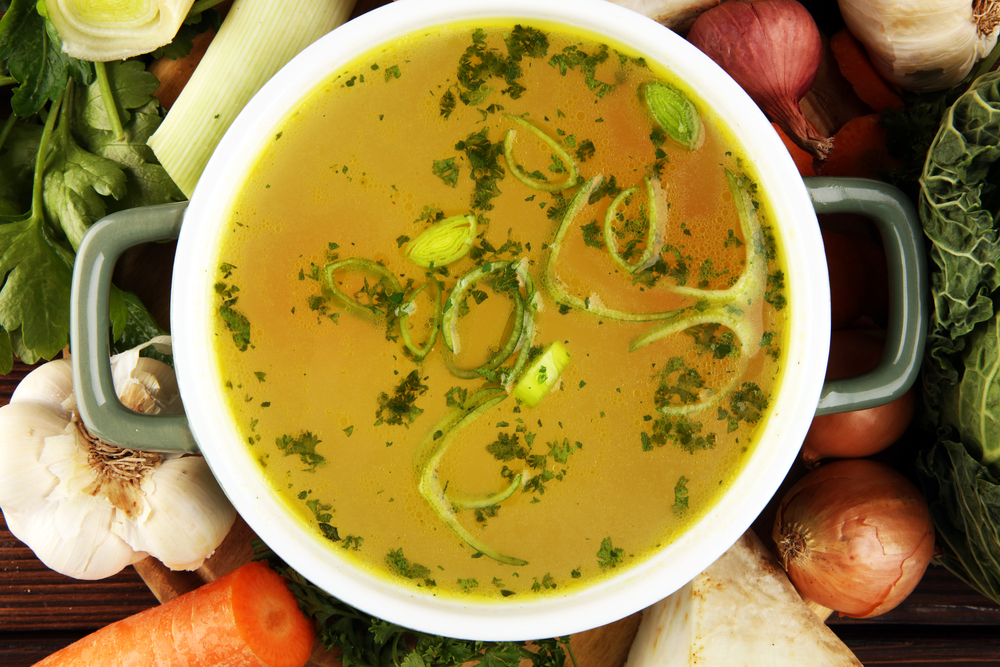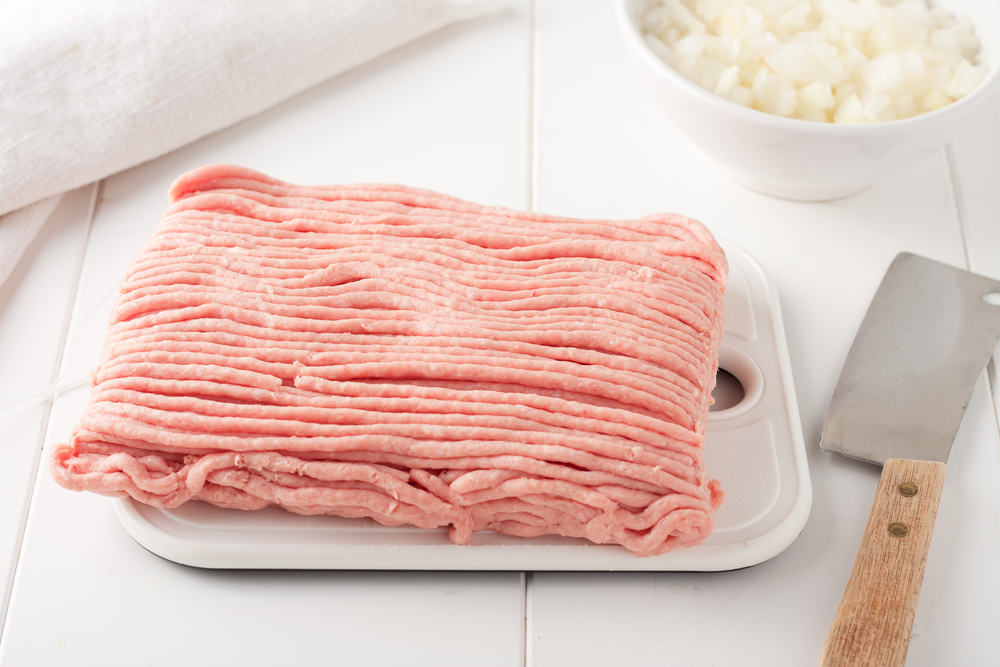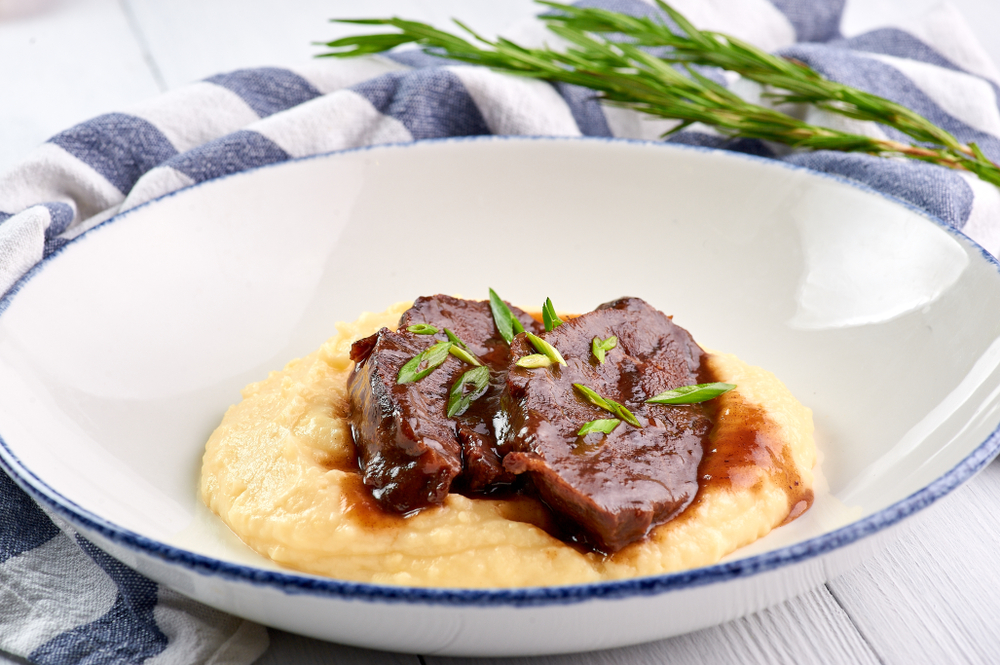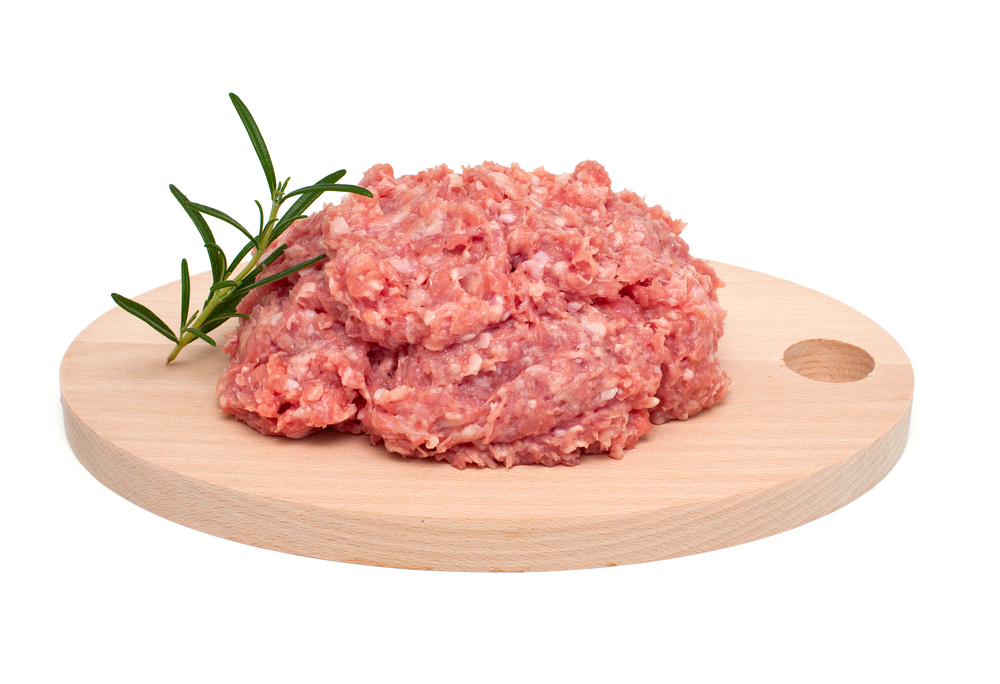Polenta is a classic Italian dish made from boiled cornmeal. It is a versatile dish that can be served creamy, firm, or crispy.
However, when it comes to reheating polenta, it can be a bit tricky. Reheating polenta improperly can result in a dry and clumpy mess.
In this article, I will share with you some tips on how to properly reheat polenta to maintain its flavor and texture.
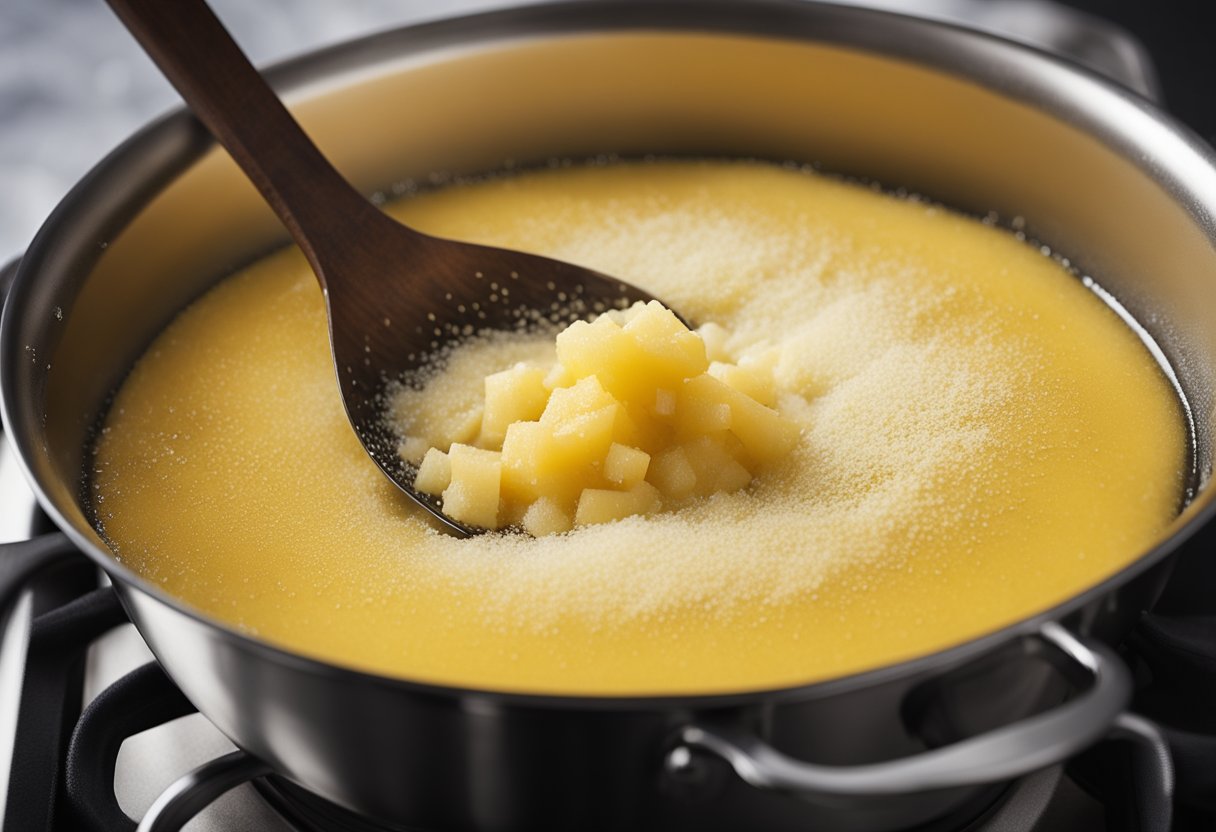
Understanding polenta is key to reheating it properly. Polenta is made from coarsely ground cornmeal, which is boiled in water or stock until it thickens. Once cooked, it can be served creamy, firm, or crispy.
The texture of polenta depends on the ratio of cornmeal to liquid used in the cooking process. Creamy polenta has a higher liquid to cornmeal ratio, while firm polenta has a lower liquid to cornmeal ratio.
Crispy polenta is made by chilling firm polenta and then slicing it into pieces and frying it.
Storing polenta properly is also important for reheating it. Leftover polenta should be stored in an airtight container in the refrigerator for up to five days.
Freezing polenta is not recommended as it can affect the texture and flavor. When reheating polenta, it’s important to adjust its texture to avoid it becoming dry and clumpy.
Adding a bit of liquid, such as milk, water, or broth, can help to loosen up the polenta and make it creamy again.
Key Takeaways
- Properly reheating polenta requires an understanding of its texture and ingredients.
- Storing polenta in an airtight container in the refrigerator is recommended.
- Adjusting the texture of polenta while reheating it can help to maintain its flavor and prevent it from becoming dry and clumpy.
Understanding Polenta
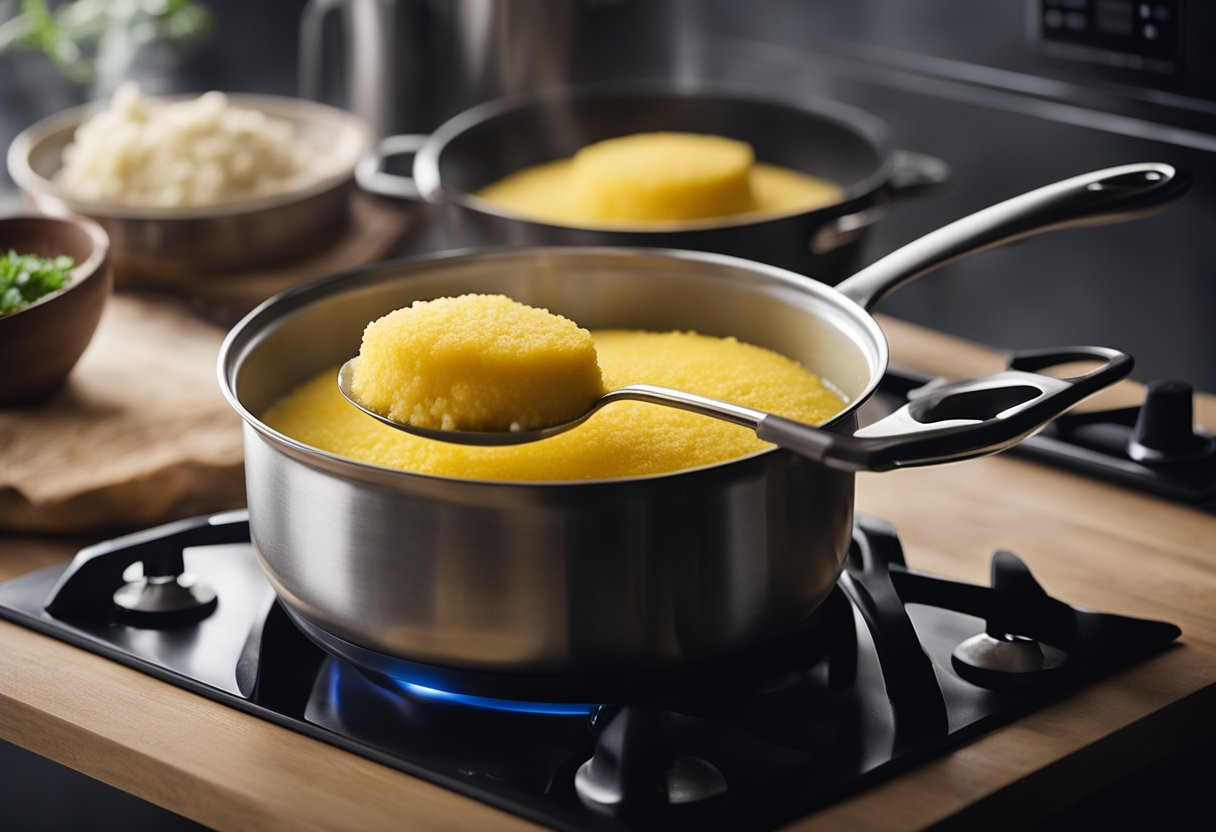
As someone who loves to cook, I find that polenta is a versatile ingredient that can be used in many dishes. But what exactly is polenta?
Polenta is a traditional Italian dish made from cornmeal that can be served in various forms, such as soft, creamy, or hard.
Soft polenta is typically served as a side dish, while creamy polenta can be used as a base for sauces or toppings. Hard polenta is usually sliced and fried or grilled.
Pre-cooked polenta is also available in most supermarkets, and it can be a convenient option if you’re short on time. Just keep in mind that pre-cooked polenta tends to be firmer than homemade polenta.
When it comes to adding flavor to polenta, grated cheese is a popular choice. Parmesan cheese is a classic option that pairs well with polenta, but you can also experiment with other types of cheese to find what works best for you.
In summary, polenta is a cornmeal-based dish that can be served in various forms, including soft, creamy, and hard.
Pre-cooked polenta is also available as a convenient option. Grated cheese, such as parmesan, is a popular addition to polenta.
Storing Polenta Properly
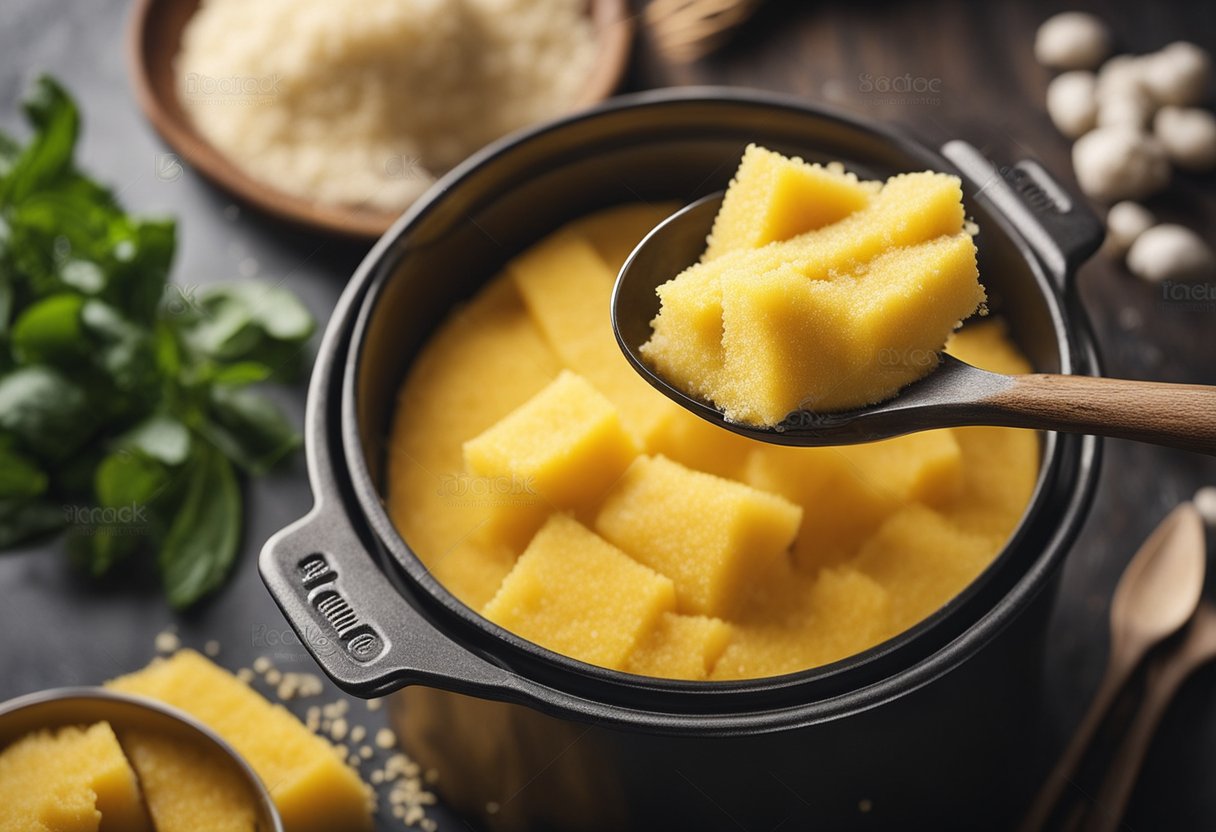
When it comes to storing leftover polenta, it’s important to do it properly to ensure that it stays fresh and delicious.
Here are some tips on how to store your polenta properly.
In the Refrigerator
If you’re planning on eating your leftover polenta within a few days, storing it in the refrigerator is your best bet. First, let the polenta cool completely before refrigerating it.
Then, wrap it in plastic wrap or place it in an airtight container. You can also set it on a plate covered with a couple of paper towels before sealing it with plastic wrap. It’s better to avoid aluminum foil altogether.
In the Freezer
If you’re not planning on eating your leftover polenta within a few days, you can store it in the freezer for later use. To freeze polenta, you need to let it cool and then cut it into slices.
You can wrap the slices in aluminum foil and put them in a food bag before storing them in the freezer.
Alternatively, you can freeze polenta on a tray, leaving space between one slice of polenta and the other, so you can store the slices in a ziplock bag when they’re frozen.
If you’re planning on storing your polenta in the freezer for a longer period, vacuum sealing is recommended. This will help to prevent freezer burn and keep your polenta fresh for up to six months.
In summary, storing polenta properly is important to maintain its quality and freshness. Whether you’re storing it in the refrigerator or the freezer, make sure to cool it completely before wrapping it in plastic wrap or an airtight container.
If you’re freezing it, consider vacuum sealing it for longer storage periods.
Reheating Polenta
Polenta is a delicious and versatile dish that can be served in many different ways. However, sometimes you might have some leftover polenta that you want to reheat.
Fortunately, there are several ways to reheat polenta, depending on your preference and available equipment.
Using the Microwave
If you’re short on time and need to reheat your polenta quickly, using a microwave can be a convenient option.
Here’s how to do it:
- Slice or cube the polenta into microwave-safe containers.
- Cover the containers with a microwave-safe lid or plastic wrap.
- Microwave on high for 30 seconds to 1 minute, or until the polenta is heated through.
Be sure to stir the polenta every 30 seconds to prevent it from drying out or forming lumps.
In the Oven
If you have a bit more time and want to reheat your polenta evenly, using the oven is a great option.
Here’s how to do it:
- Preheat your oven to 350°F (175°C).
- Spread the polenta in an even layer on a baking sheet.
- Cover the baking sheet with aluminum foil.
- Bake for 10-15 minutes, or until the polenta is heated through.
You can also add a bit of butter or cheese on top of the polenta before reheating it in the oven to add some extra flavor.
On the Stovetop
If you prefer to reheat your polenta on the stovetop, you can do so using a low flame and a skillet.
Here’s how to do it:
- Cut the chilled polenta into smaller pieces.
- Heat a non-stick skillet over low heat.
- Add a bit of butter or oil to the skillet.
- Add the polenta to the skillet and cook for 2-3 minutes, stirring occasionally, until the polenta is heated through.
You can also add some herbs or spices to the polenta while reheating it on the stovetop to give it some extra flavor.
Overall, reheating polenta is easy and can be done using a variety of methods. Whether you prefer to use the microwave, oven, or stovetop, you can enjoy your delicious leftover polenta in no time.
Adjusting Polenta’s Texture While Reheating
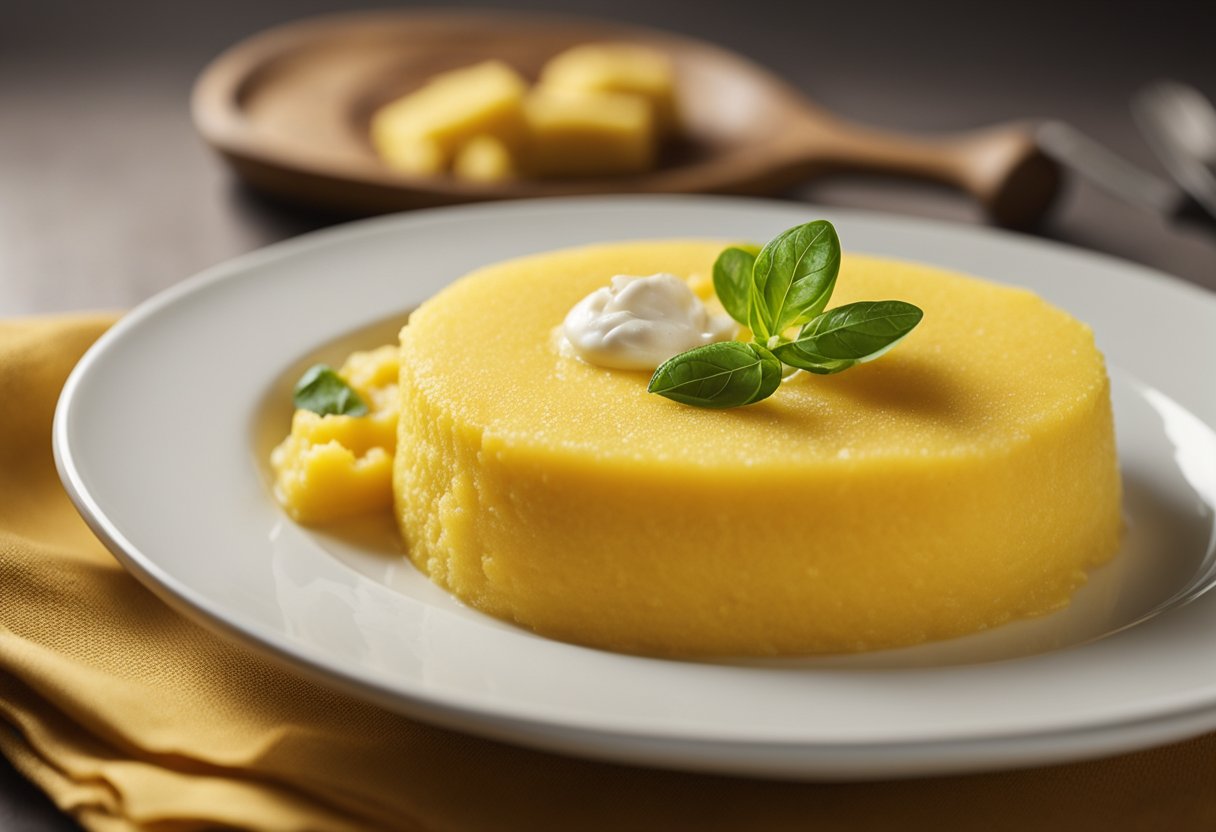
When reheating polenta, it’s important to pay attention to its texture and consistency. If the polenta is too thick or lumpy, it can be unappetizing. Fortunately, there are a few ways to adjust the texture of polenta while reheating it.
One of the easiest ways to adjust the texture of polenta is to add more liquid. Whether you’re using water, milk, or broth, adding more liquid can help to thin out the polenta and make it smoother.
When reheating polenta, add a small amount of liquid at a time and whisk it in thoroughly. This will help to prevent lumps from forming and ensure that the polenta heats evenly.
Another way to adjust the texture of polenta is to add a small amount of butter. Butter can help to make the polenta creamier and smoother.
When reheating polenta, add a small amount of butter and whisk it in thoroughly. Be careful not to add too much butter, as this can make the polenta greasy.
If the polenta is lumpy, you can use a whisk to break up the lumps. When reheating lumpy polenta, whisk it frequently to break up any lumps that may form.
If you’re having trouble getting rid of the lumps, you can also use a blender or food processor to puree the polenta until it’s smooth.
Overall, adjusting the texture of polenta while reheating it is a simple process. By adding more liquid, butter, or whisking frequently, you can ensure that your polenta is smooth and creamy.
Serving Suggestions for Reheated Polenta
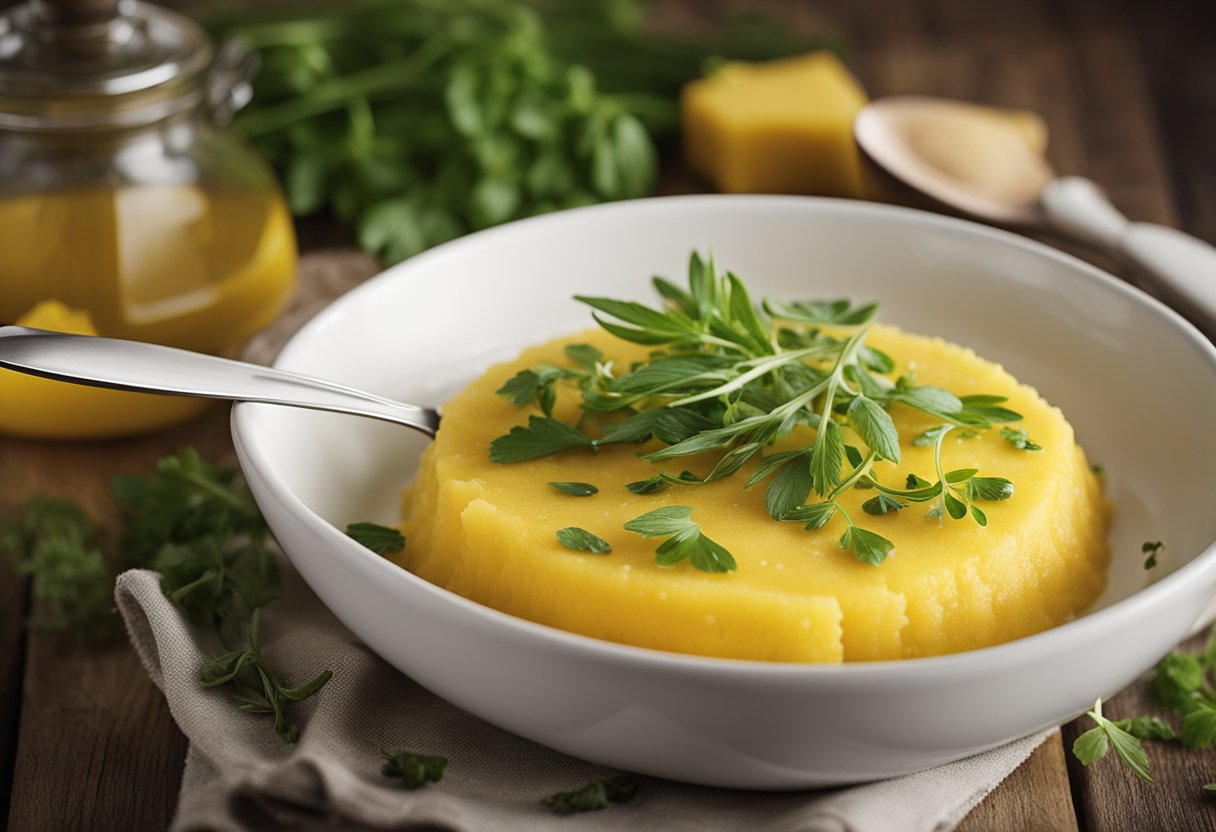
When it comes to reheating polenta, there are a variety of ways to serve it up. Whether you have leftover polenta, grilled, baked, or fried polenta, there are many ways to enjoy it.
Here are a few serving suggestions to get you started:
- Shape it up: Use a cookie cutter or a small bowl to shape your reheated polenta into fun shapes. This is a great way to make it more visually appealing and fun for kids.
- Slices: Cut your reheated polenta into slices and serve it with beef stew, shrimp, or any other protein of your choice. It’s a great way to add some texture to your meal.
- Potato Ricer: Use a potato ricer to make your reheated polenta into hot porridge. This is a great way to enjoy it for breakfast or as a side dish.
- Reheat Soft Polenta: If you have soft polenta that you want to reheat, add a bit of milk or cream to it and stir until it’s heated through. This will help to keep it creamy and delicious.
- Crispy Polenta: If you want to make your reheated polenta crispy, cut it into small pieces and fry it up in some oil until it’s golden brown. This is a great way to add some crunch to your meal.
- Baked Polenta: Spread your reheated polenta in an even layer in a baking dish and bake it in the oven until it’s heated through and crispy on top. This is a great way to make it more like a casserole.
- Fried Polenta: Cut your reheated polenta into small pieces and fry them up in some oil until they’re crispy and golden brown. This is a great way to make it more like a snack or appetizer.
No matter how you choose to serve it, reheated polenta can be a delicious and versatile addition to any meal.
Frequently Asked Questions
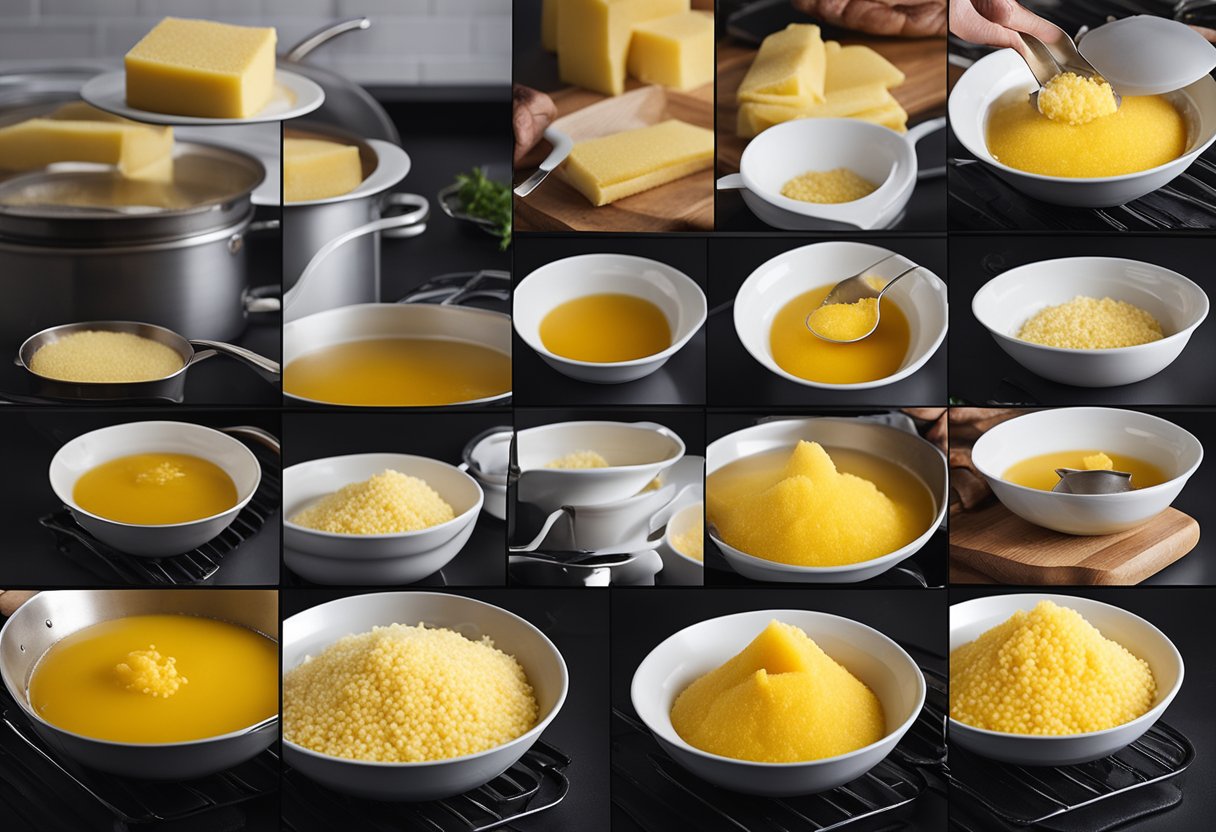
What are some creative ways to use leftover polenta?
Leftover polenta can be used in a variety of ways. One option is to slice it into rounds and pan-fry it until crispy, then serve it with toppings like marinara sauce and grated cheese.
Another idea is to cut it into cubes and use it as a substitute for croutons in a salad. You can also use leftover polenta as a base for a breakfast bowl, topped with eggs, bacon, and avocado.
How can I reheat polenta without it becoming dry or rubbery?
To reheat polenta without it becoming dry or rubbery, it’s important to add moisture back into the dish. One option is to reheat it in a saucepan with a little bit of milk or cream, stirring constantly until it’s heated through.
Another option is to add a small amount of water or broth to the polenta before reheating it in the microwave. Be sure to stir the polenta frequently to prevent it from drying out.
Can I grill or fry leftover polenta?
Yes, leftover polenta can be grilled or fried. To grill polenta, slice it into rounds and brush each side with olive oil.
Grill the polenta for a few minutes on each side until it’s crispy and heated through. To fry polenta, cut it into cubes and coat each cube in breadcrumbs before frying in hot oil until golden brown.
What is the best way to store leftover polenta?
The best way to store leftover polenta is to transfer it to an airtight container and refrigerate it for up to 5 days.
To prevent the polenta from drying out, press a piece of plastic wrap directly onto the surface of the polenta before sealing the container.
Can I freeze leftover polenta?
Yes, leftover polenta can be frozen for up to 3 months. To freeze polenta, transfer it to an airtight container or freezer bag and press out as much air as possible before sealing.
When you’re ready to use the frozen polenta, let it thaw in the refrigerator overnight before reheating.
What are some tasty toppings to add to reheated polenta?
There are many delicious toppings that pair well with reheated polenta. Some options include sautéed mushrooms, roasted cherry tomatoes, grilled shrimp, or crispy bacon.
You can also top polenta with grated cheese, fresh herbs, or a drizzle of balsamic glaze for added flavor.


